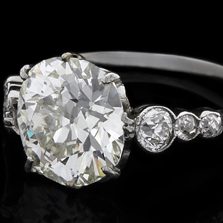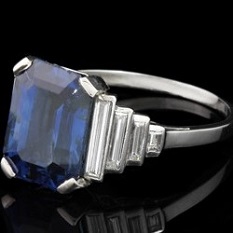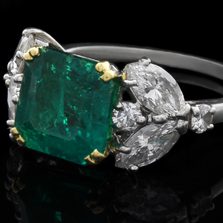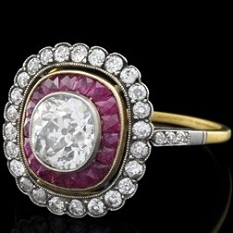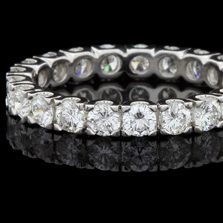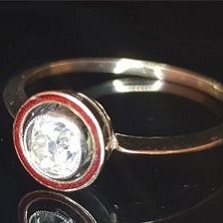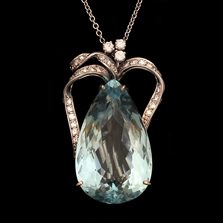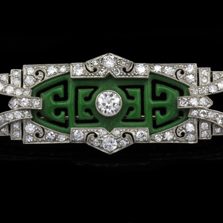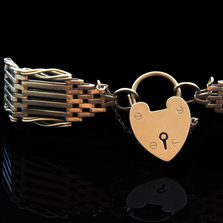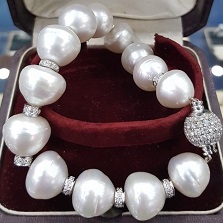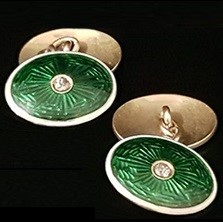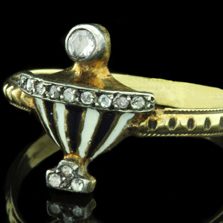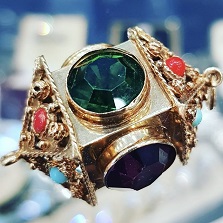In the antiques business for a third of a century
Delphi specialises in genuine antique jewellery, porcelain, silver and object d’art from the 18-20 century with an emphasis on original estate jewellery.
If you wish to acquire a unique rare and beautiful piece of antique estate jewellery, this shop is for you.




Declan Corrigan
Proprietor
We specialise in original antique jewellery from the Georgian 1714-1837, Victorian 1837-1901, Edwardian 1901-1914 and Art Deco 1920-1940 periods. Set in fine platinum and 18ct yellow gold settings, set with various stones including diamonds, sapphires, emeralds, rubies, peridots, opals and pearls all in their original beautiful handmade fine settings.
Our main emphasis being on original, Edwardian period dress rings. The finest examples where made in France and England: transitional, cushion, asscher, emerald and marquee cut diamonds. In beautiful handmade original platinum or 18ct or yellow gold setting.
Most of these rings are unique pieces of superior craftsmanship and quality that were custom made for individuals of the time and to date this quality has not been surpassed.
Delphi specialises in genuine antique jewellery, porcelain, silver and object d’art from the 18-20th century with an emphasis on original estate jewellery.
It also has one of the largest selections of antique Irish Belleek porcelain available, dating from 1858-1930.
You will also find a fine selection of Staffordshire, Meissen, Dresden, Wedgwood, Royal Worcester, and Royal Doulton ceramics, as well as ruby crystal, and silverware.
Delphi does not sell reproductions and many of the pieces are one of a kind.
The site only contains a selection of our treasures.
Come to visit our store to find a unique piece that needs you for them to shine.
Or follow us on Instagram to discover our latest gems that are usually snapped before making it to the site: https://www.instagram.com/antiquesdelphi
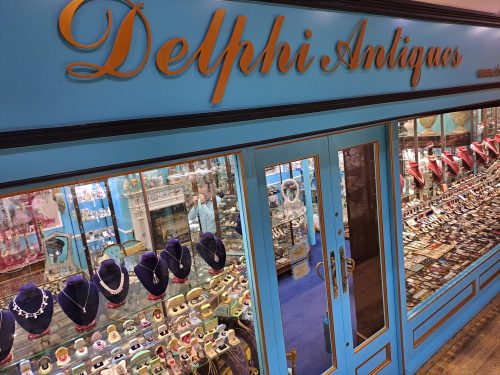
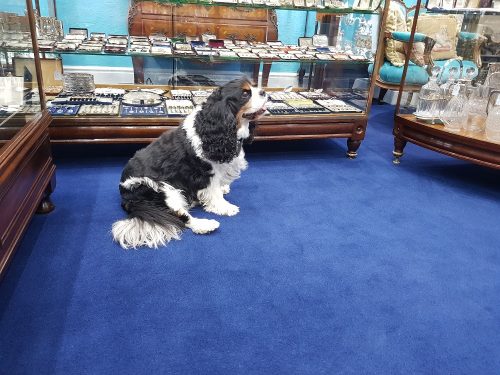
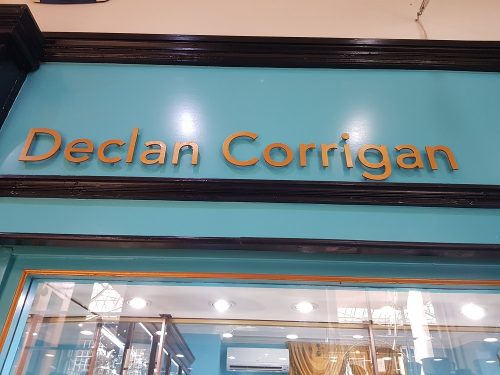
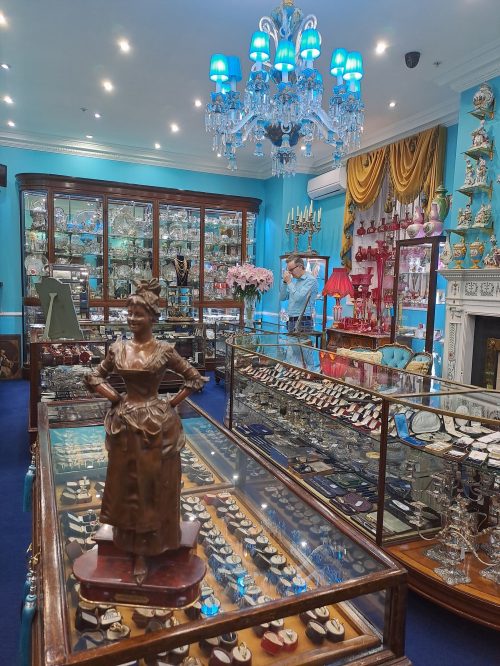
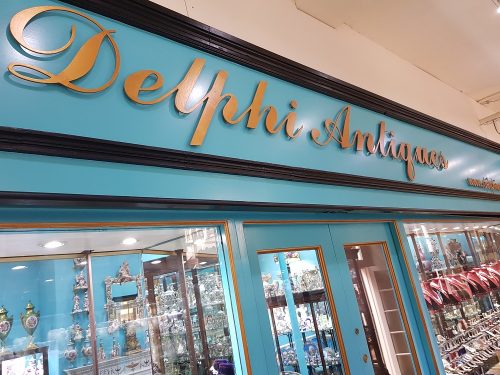
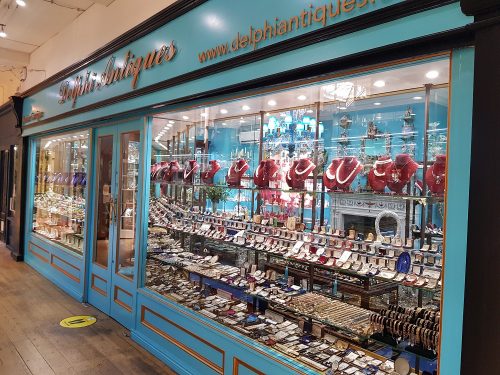
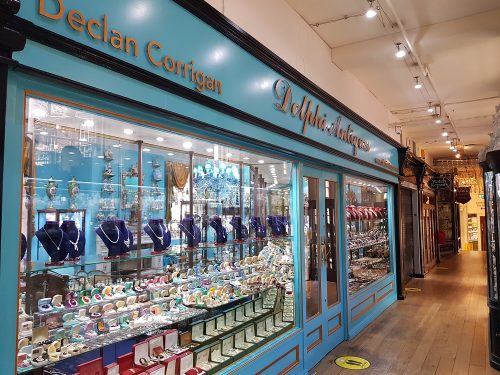
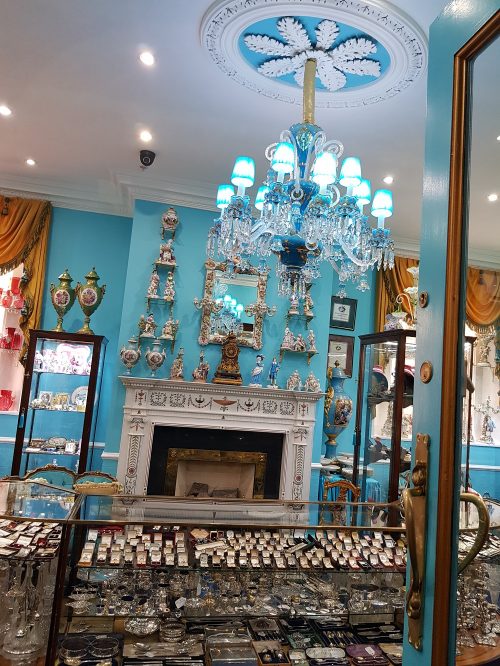
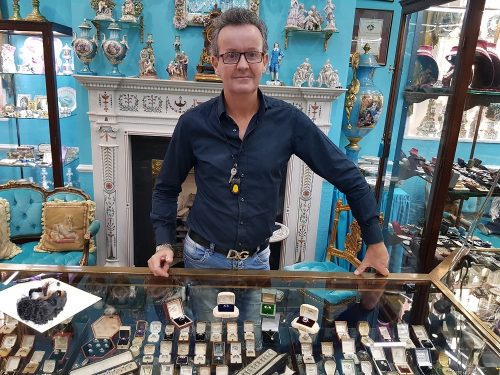

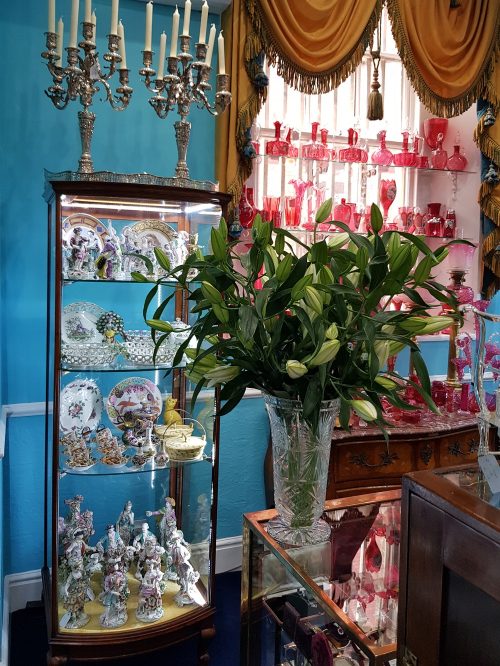

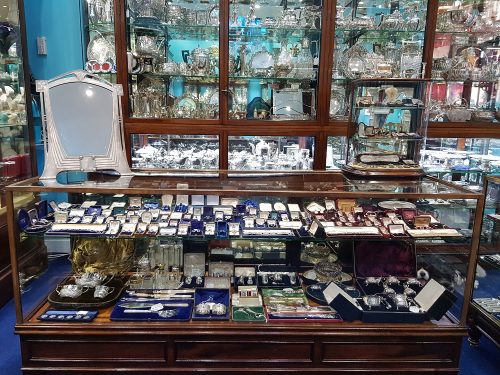
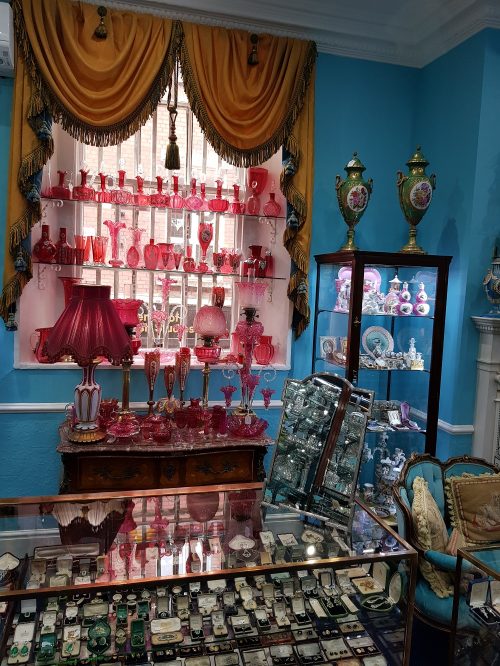
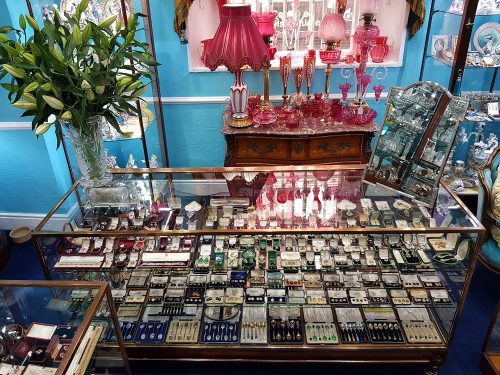
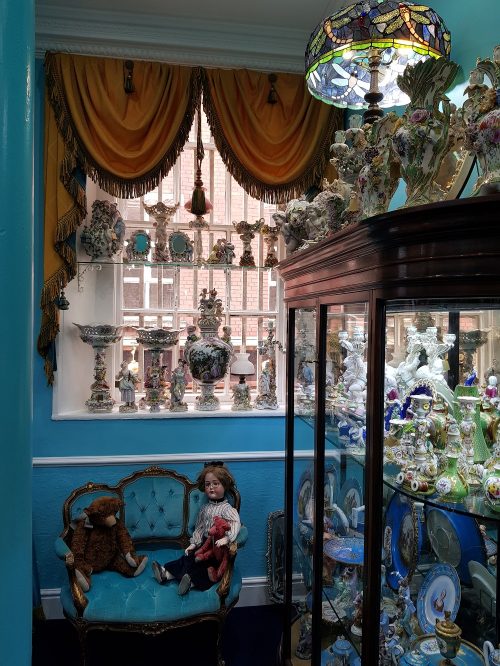

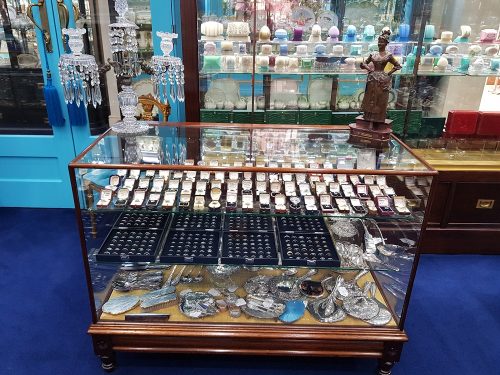
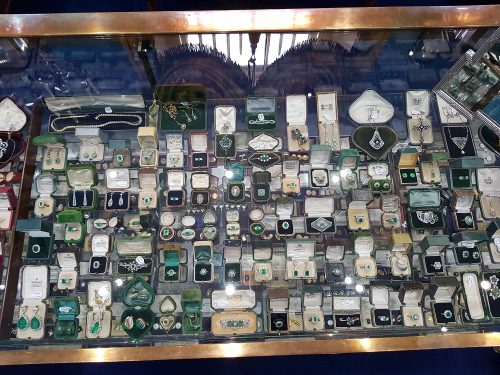
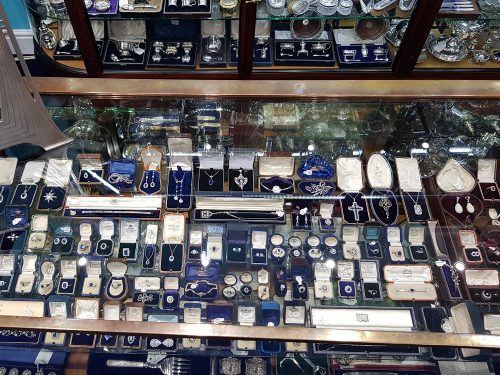
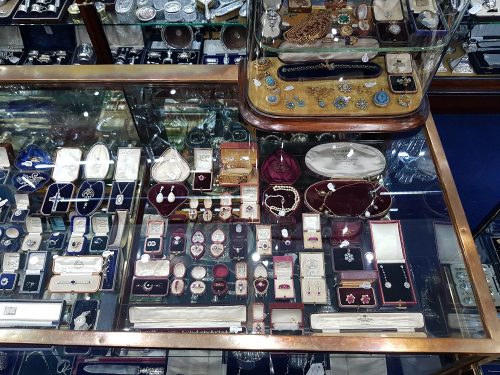

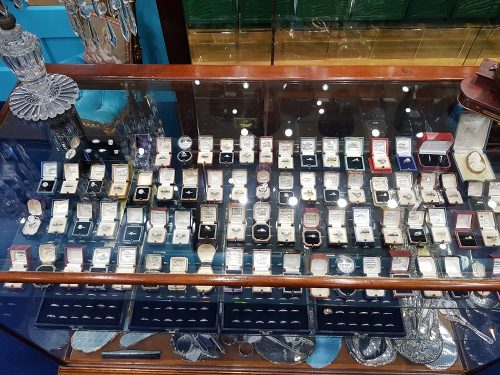
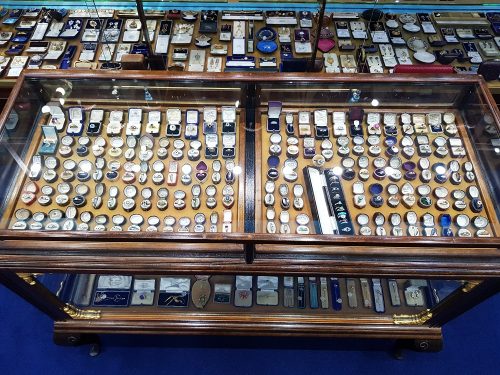
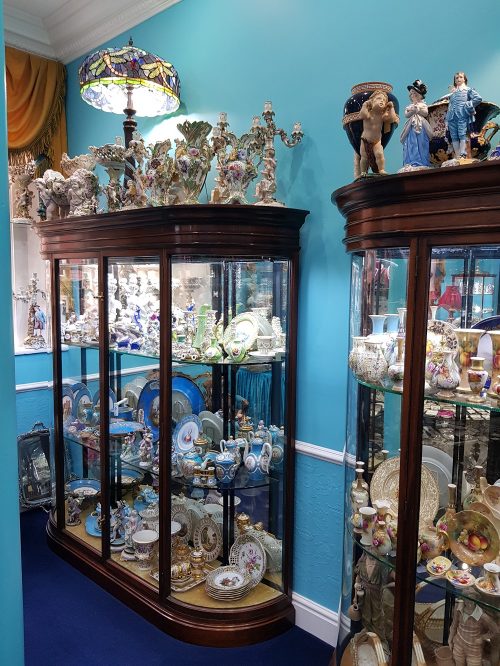
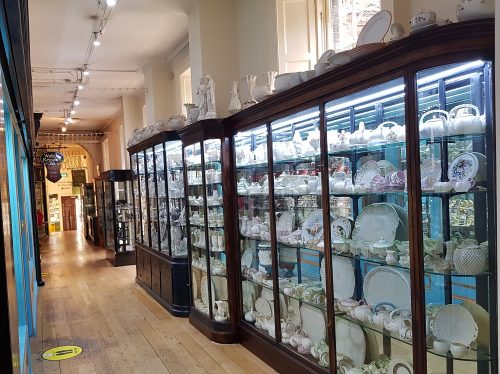

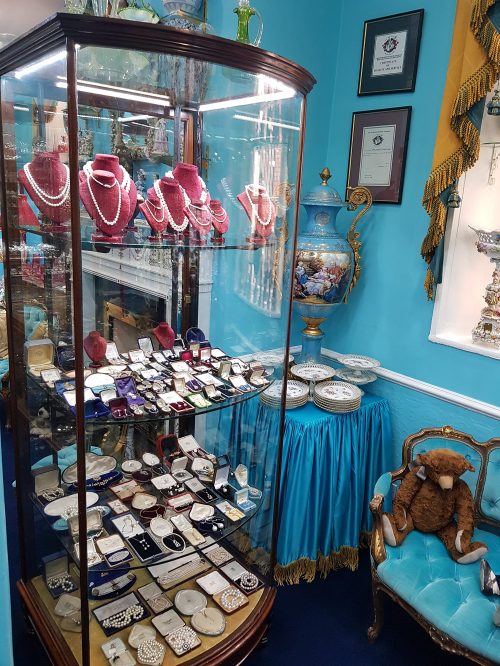
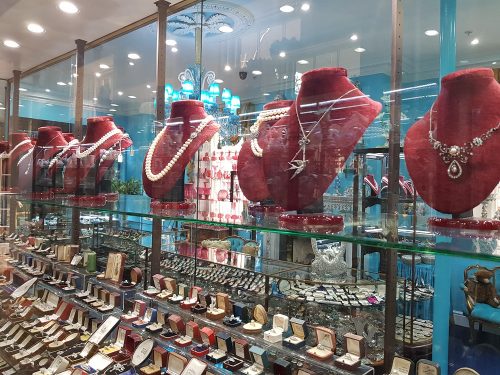

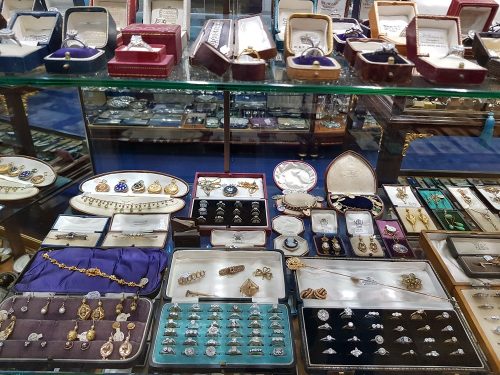


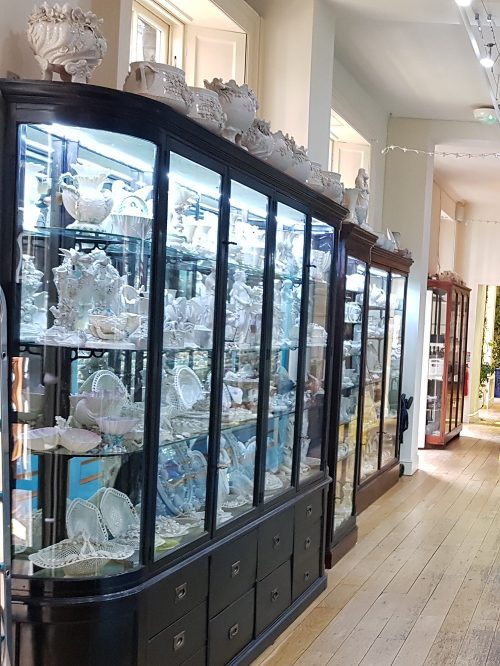
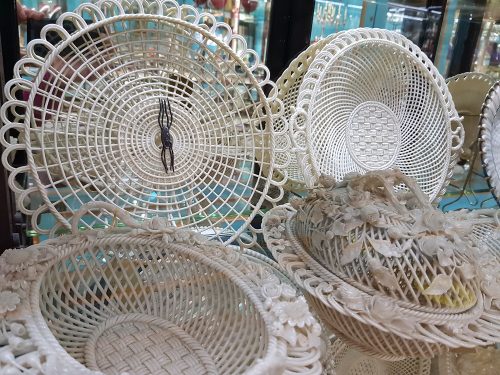
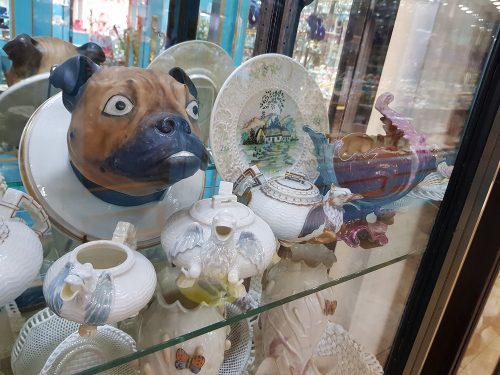
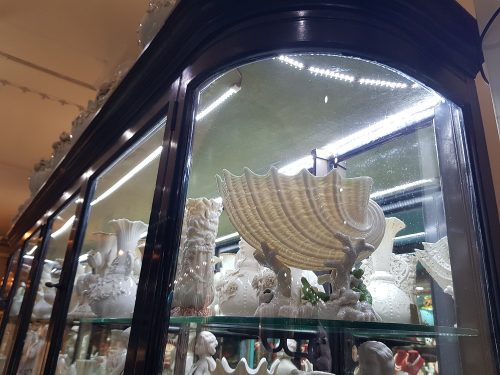
All the things custodians of eternity want to know
These are periods originally linked to the reigns of the UK monarchs: there is some overlap in the corresponding “styles”.
The periods are roughly corresponding to:
– Georgian = 1714–1837, the 4 George’s and William IV
– Regency = 1811–1820, technically part of Georgian
– Victorian = 1837–1901
– Art Nouveau = 1890 and 1910
– Edwardian = 1901–1914
– Art Deco = 1920’s to 40’s
– Vintage = 1950’s to 70’s
The last UK monarch to give their name to a period was Edward VII. The following monarchs’ names are not connected to their ancestors’ namesakened period. And of course jewellery from other countries are usually not referred to by these UK monarch-periods!
The French “Belle Époque” corresponds to the time between the Third Republic, and the start of WW1 (1870-1914), characterised by optimism, peace, prosperity, and innovations.
“Antique” has to be over 100 years old.
“Vintage” tends to refer to the previous generation: more than 20 years old (50 for “true vintage”) but less than 100.
“Retro” tends to refer to something that has been out of fashion but is making a come back, and is fashionable again, either ironically or sincerely.
Antique pieces are hand-crafted, tend to have lighter settings that are not cast, and the stones are not machine-cut and thus have a unique character due to how they reflect the light unequally.
Ironically antique jewellery is often better value than the corresponding modern version, as they do not require as much extra labour.
Antique gold tends to be warmer and less brassy than modern versions.
Antique rose gold has more depth and patina than modern versions.
Antique rings are one of a kind, resized to fit you. You do not own them: you are their custodian.
Most of the time, the ring chooses the hand!
To find the perfect ring, you need to consider:
– The shape of your hand and fingers
– The size of your fingers (width and length)
– The hue of your skin
– The colour of your eyes and hair
– The type of rings you like to wear on the same finger, on the same hand and on the other hand
You will find that rings look very different on your hand, from what they look in a picture. The ring will chose you.
So do not hesitate to come to us for a free ring consultation! Declan will know which few rings will suit you perfectly.
You decide which piseoga you believe in!
Pre-owned pieces have a history: it is not always known, it can sometimes be inferred, but it is always there.
Whether or not you think that some of that history carries some sort of “energy”, be it positive or negative, that sticks to the piece and passes on the next custodian, is up to you.
We have traded in such items for over a third of a century, so we would probably side with those who argue that what matters is the stories to come that matter, and that we mostly hear those stories from sales pitches in shops selling new pieces.
But you should always trust your own belief systems, and not do anything that makes you uncomfortable: if you are worried about possible curses, then do not take the risk.
(Note that in Irish the term piseog does not necessarily carry a negative meaning, or a judgement on the belief system)
You decide which piseoga you believe in!
Some people think they ward off the evil eyes, others that it brings bad luck. All for different reasons depending on family history, culture, and other factors.
We have been buying and selling them for over 30 years, but never forced anyone to betray their own belief systems.
(Note that in Irish the term piseog does not necessarily carry a negative meaning, or a judgement on the belief system)
Resizing is always included.
Consider the size of the very finger you will be wearing the ring on (the finger on the opposite hand will be different).
The ring should not be so loose that it would fall off the knuckle when carrying out every day activities, but it should not be too tight as to create a bulge or become stuck.
Check the size of your fingers at different times of the day, and in different temperature conditions, as each person’s hands reacts differently to changes in the environment: you should pick a size that will suit you most of the time.
We provide our customers with valuations for insurance purpose: an evaluation as to how much it would cost to replace the piece they acquire.
We can refer you to a professional gemologists to obtain of full GIA certificate for our rings (it will detail the carat weight, the colour and clarity of the stones), or if you desire to estimate the value of one of your own pieces.
We do not provide estimates or guestimates.
Do you want to wear your ring “everyday”, or only on special occasions?
A stones “wearability” tells you how easily it wears out. It is not only about “hardness” (does it scratch easily?), but also about porosity (will it resist washing-up liquid?) and brittability (will it chip easily?)
A hammer won’t scratch a diamond (nothing will!), but it can shatter it, because it is brittle.
An emerlad would be less hard-wearing than a sapphire, because it is more scratchable, and more porous: never wash an emerald ring with soap!
Opals and pearls would be the most fragile.
One more thing to consider is the setting: you are more likely to lose a loose stone than you are to break it!
Cleaning:
Clean the ring when the metal starts to dull, or the light starts to shine less through the stone.
Dirt and hand-cream tends to accumulate behind the stone and in the setting.
Ask advice on how to best clear your ring: some will not mind a mild soap, some might need a gentle dry wipe with every use.
Checking:
As soon as you notice that a stone is loose, have it checked, before you lose it! Check closely every second month.
Claws should be checked by a professional twice a year, tightened maybe every 2 years, and retipped every 6-8 years. It all depends on the metal at play, with platinum being the hardest-wearing.
Insurance:
Check with your insurance. They will probably need you to renew the insurance valuation every two years.
Most of the time, no.
But often it can be inferred.
For instance hallmarks can provide and origin and a date. Including whether the hallmark is stamped inside or outside a ring, or how worn-off it is.
The choices of metals, the styles, the combinations of stones, the cuts of stones, their “quality”, can also be strong indicators.
The history of a ring, for instance, can be seen in how it was resized, and how often, indicating its sentimental and financial value.
The originality of a piece, in its make or design, can also indicate that it was specially commissioned, as opposed to being more commercially produced.
We cannot: only you can see it on the device and browser it was created with.
We recommend you print your Wishlist when calling to us, or paste the reference numbers when enquiring using the contact forms.
Also make sure to clear your Wishlist if you do not want someone else with access to your browser to see it by accident!
Delphi Antiques is located in the historic Powerscourt Townhouse shopping centre, in the heart of Dublin’s city centre
Where to find or DM us
-
Delphi Antiques
Powerscourt Townhouse Centre
59 William Street South
Dublin 2, D02 YT18
- +353 (0)1 679 0331
- Email: declan@delphiantiques.com
- @antiquesdelphi
- @antiquesdelphi
When to find us
- Monday-Saturday: 10:30am-6pm
- Sunday/Bank-Holidays: closed
- See Google for live updates
